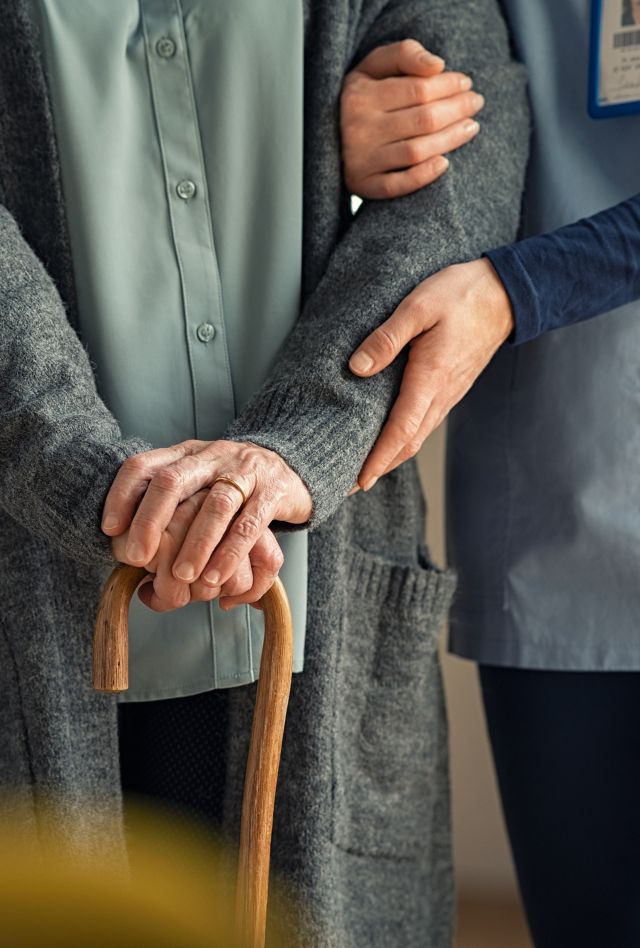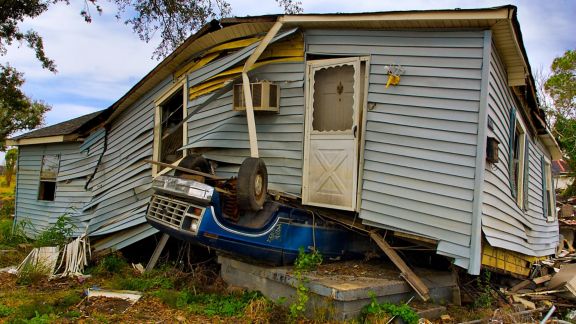NIC-NORC Senior Housing Research Portfolio

Problem
The conditions that affect the vulnerability, longevity, and health outcomes of people in senior housing have historically been understudied.
Understanding the health and housing needs of America’s aging population requires additional research. Three areas are particularly important:
- Vulnerability: Senior housing and care operators have historically lacked sufficient understanding of the vulnerability levels of their residents. Further insight can help indicate where active management of chronic conditions and functional needs could protect older adults from adverse health outcomes. In addition, research can help demonstrate how health outcomes, costs, and vulnerability change over time for senior housing residents.
- Longevity: Older adults and their families have lacked comprehensive research on the longevity and quality of life of older adults in senior living communities. Further research is needed to explore whether senior housing residents have lower mortality rates and greater longevity than seniors who live in non-congregate settings.
- Health Outcomes: Senior housing residents and care operators lack information on the quality of care and health outcomes of older adults in senior living communities. Further understanding of outcomes of older adults in senior housing can assist operators in yielding better outcomes for their residents. This is particularly important as both the older adult population and prevalence of neurodegenerative diseases (NDD) continue to grow.
Solution
NORC is conducting cutting-edge research into older adults' health and housing needs.
The National Investment Center for Seniors Housing & Care (NIC) contracted NORC to conduct five research activities to shed new light on the conditions that impact senior housing:
- Vulnerability to Adverse Health Outcomes: Using a novel claims-based frailty index, NORC examined frailty as a risk predictor. Physical frailty (or vulnerability to adverse health outcomes) is a key issue among senior housing residents and a common reason for moving into a senior housing community.
- Longevity: To understand the impact of senior housing on the length and quality of older adults’ lives NORC conducted a comparative analysis of mortality, days away from home due to hospitalizations and skilled nursing stays, and preventative and rehabilitative health services days. Longevity holds significant importance for older adults and their loved ones. Older adults and their families opt for senior housing to support their holistic healthcare needs and enhance their overall quality of life.
- Health Outcomes: NORC compared senior residents’ health outcomes relative to their non-congregate peers to determine if residing in a senior housing community improves quality of life for older adults. NORC measured the frequency of emergency department (ED) visits, hospital inpatient stays, hospitalizations for physical injury and/or falls, and select Prevention Quality Indicators (PQIs) for COPD, hypertension, dehydration, community-acquired pneumonia, UTIs, and uncontrolled diabetes.
- Care for Older Adults with Neurodegenerative Disease (NDD): NORC analyzed Medicare claims and encounter data to explore differences in health outcomes and costs among assisted living and memory care residents with NDD, including Alzheimer’s and other dementias. We compared senior housing residents to two separate, risk-adjusted comparison groups: individuals with an NDD living in non-congregate settings and individuals with an NDD living in nursing homes. NORC analyzed measures across primary and preventive care, acute care, costs of care, and health outcomes.
- Longer Stays: NORC analyzed how health outcomes and costs change for senior housing residents over time, from move-in through several years post move-in. NORC constructed cohorts of residents based on their move-in date and tracked outcomes and costs over time using Medicare claims data.
Result
Our results shed new light on the frailty, longevity, and health outcomes of older adults in senior housing.
Our analysis informs strategies to improve older adults’ housing and health care. Among our findings:
- Upon moving into senior housing, vulnerability increases briefly as residents settle into their new community. It then levels off and shows improvement. Vulnerability to declining health outcomes, as defined by “frailty levels” of residents, is highest in communities with the most intensive support services.
- In the years following move-in to senior housing, residents commonly experience stabilization and improvement. On average, health care utilization and costs decrease between a resident’s first and third year. Younger residents (65-74) experience greater reductions in high-cost care following their first year in senior housing. Further, on average, residents who remain in senior housing beyond their third year maintain stability in frailty, utilization, and cost.
- On average, senior housing residents experience greater longevity than the non-congregate comparison group in the first two years following move-in across all but one measure, overall and by setting. Furthermore, senior housing residents receive more preventative and rehabilitative care in the first two years following move-in than peers residing in non-congregate settings.
- On average, older adults who recently moved into private-pay senior housing experienced the same or better outcomes across a variety of quality measures than their matched non-congregate peers. These findings suggest that senior housing operators have been effective in managing resident clinical risk, even during the transition to senior housing—a particularly vulnerable time for older adults.
- For older adults with NDD, senior housing has the potential to promote health and wellness, create stability, and reduce costs. In the top quartile of senior housing communities—those whose residents had the lowest Medicare spending relative to expected levels—residents with NDD demonstrated reduced health care utilization, lower costs of care, and more healthy days at home compared to demographically and clinically similar Medicare beneficiaries residing in non-congregate settings or nursing homes. Findings from a targeted literature review also demonstrated that senior housing can provide relief for the nearly 12 million unpaid family and friends who provide care for a person with NDD.






